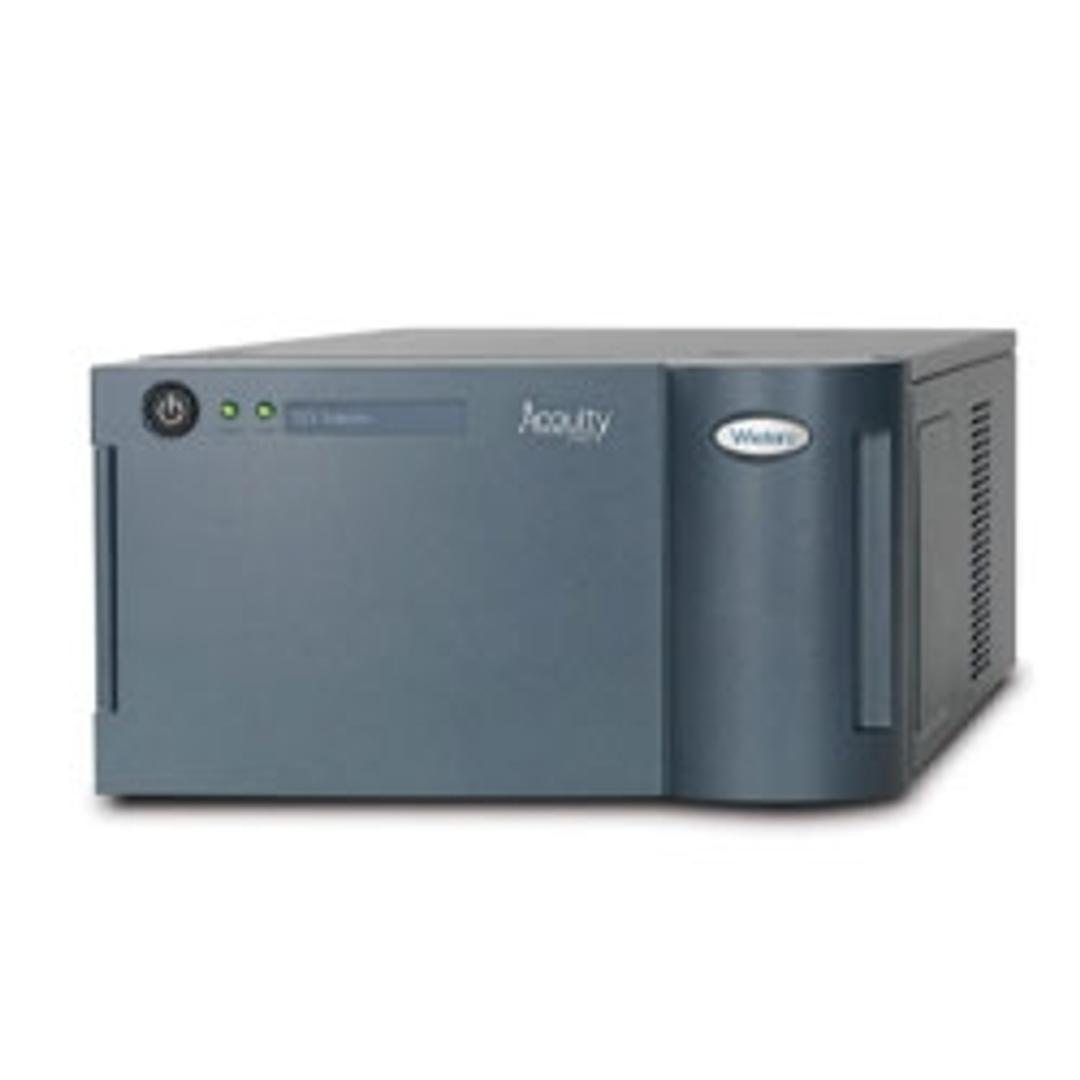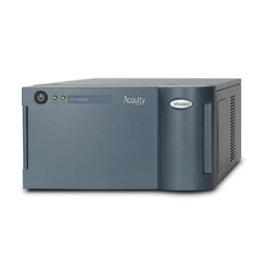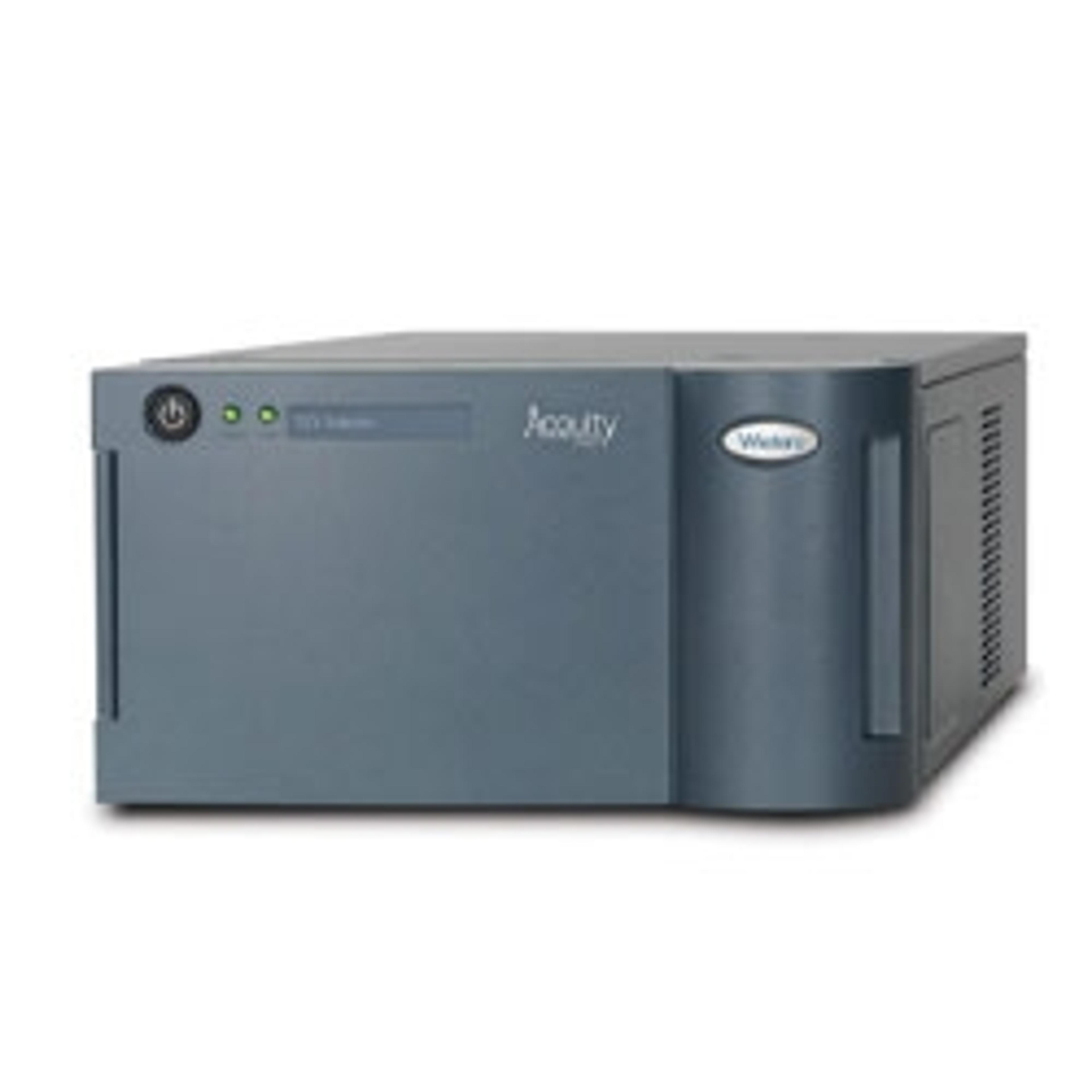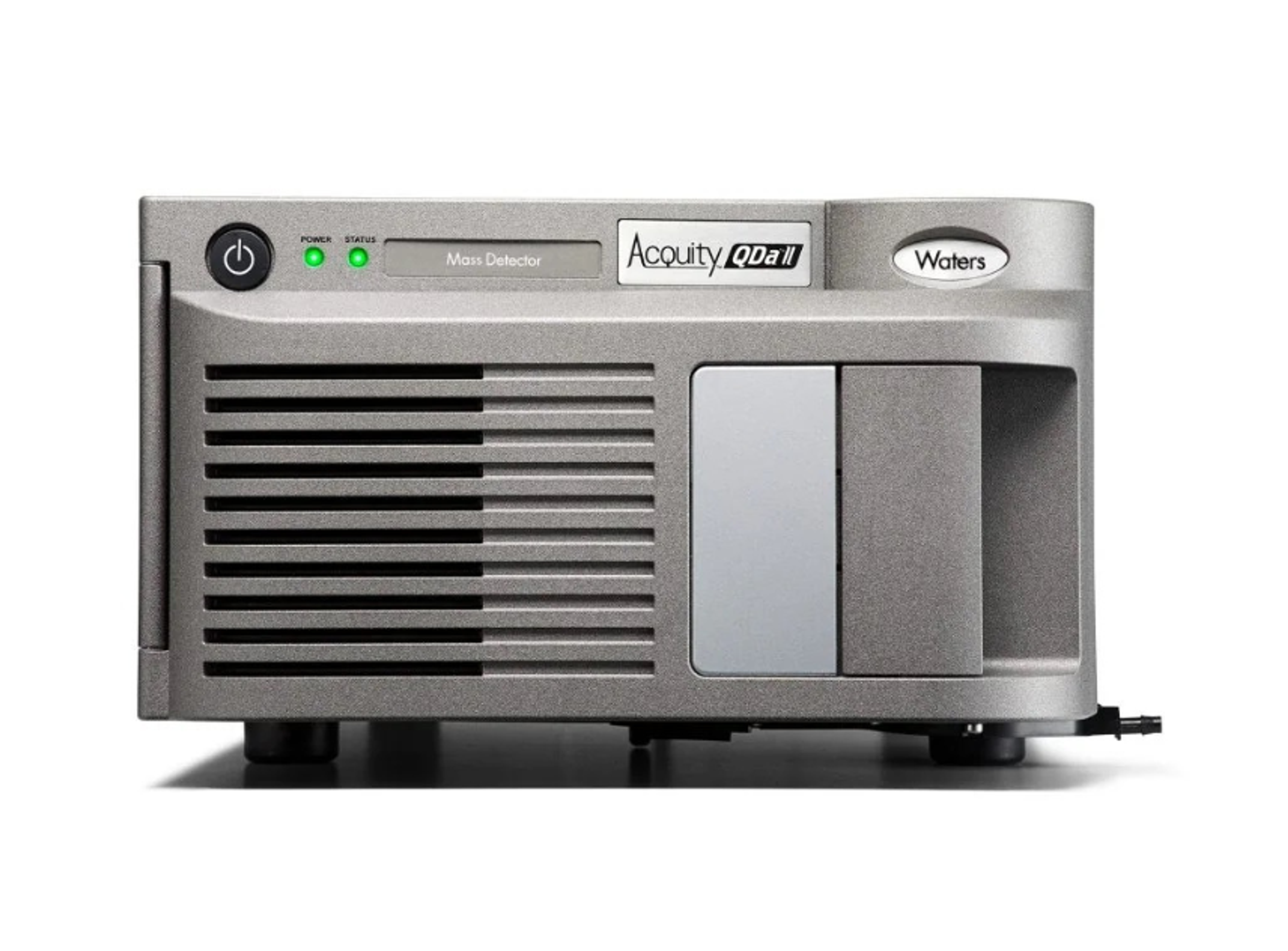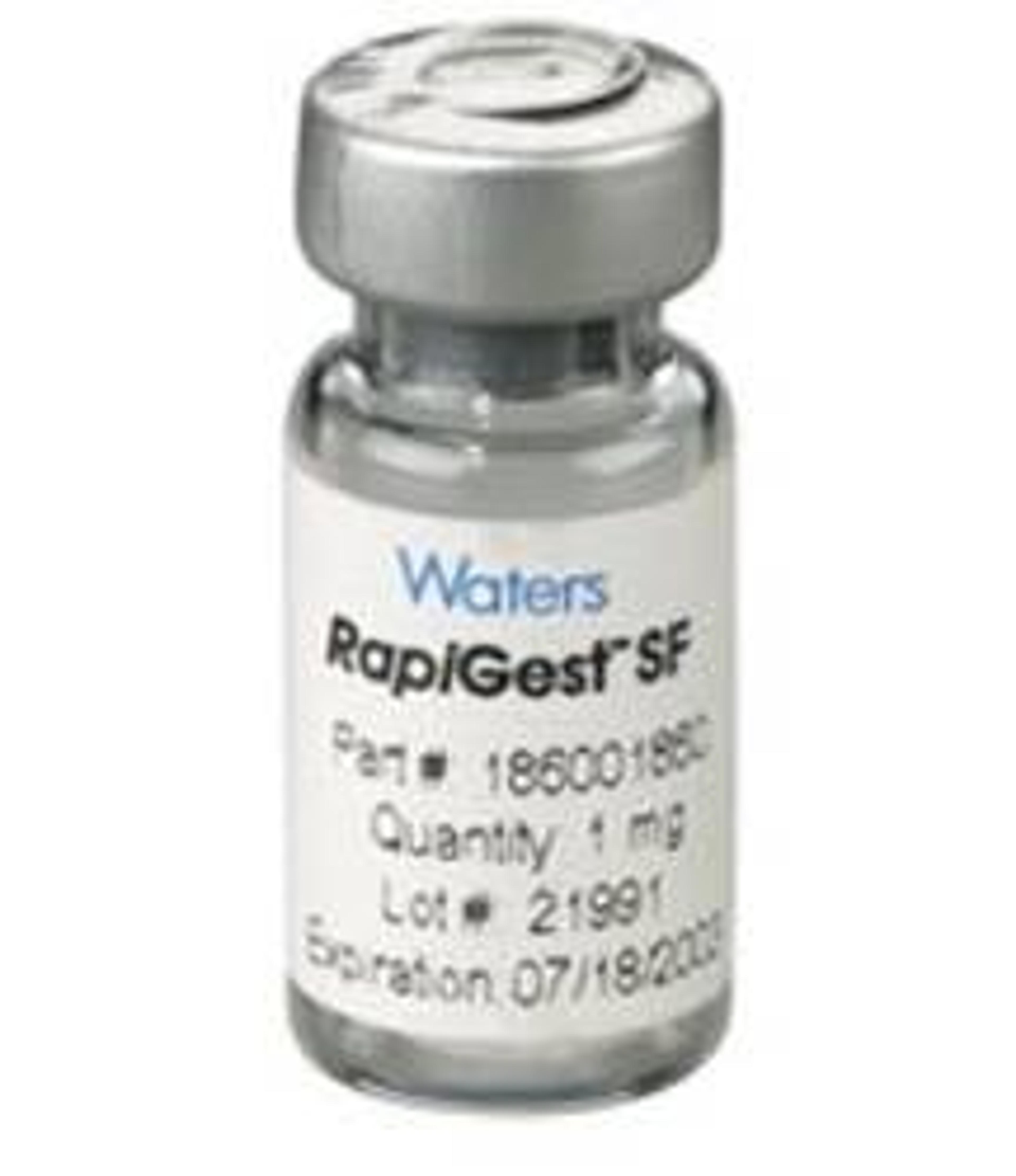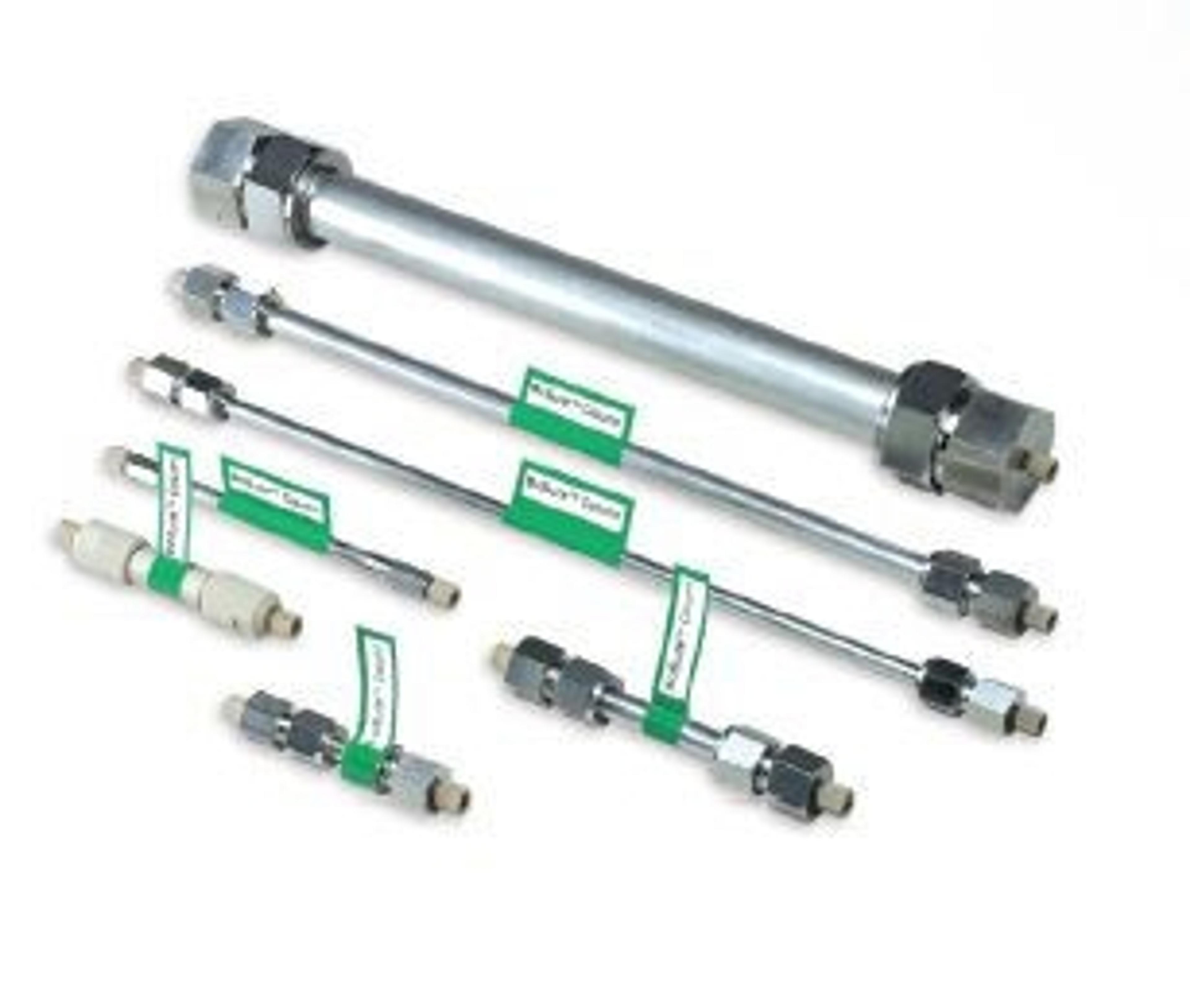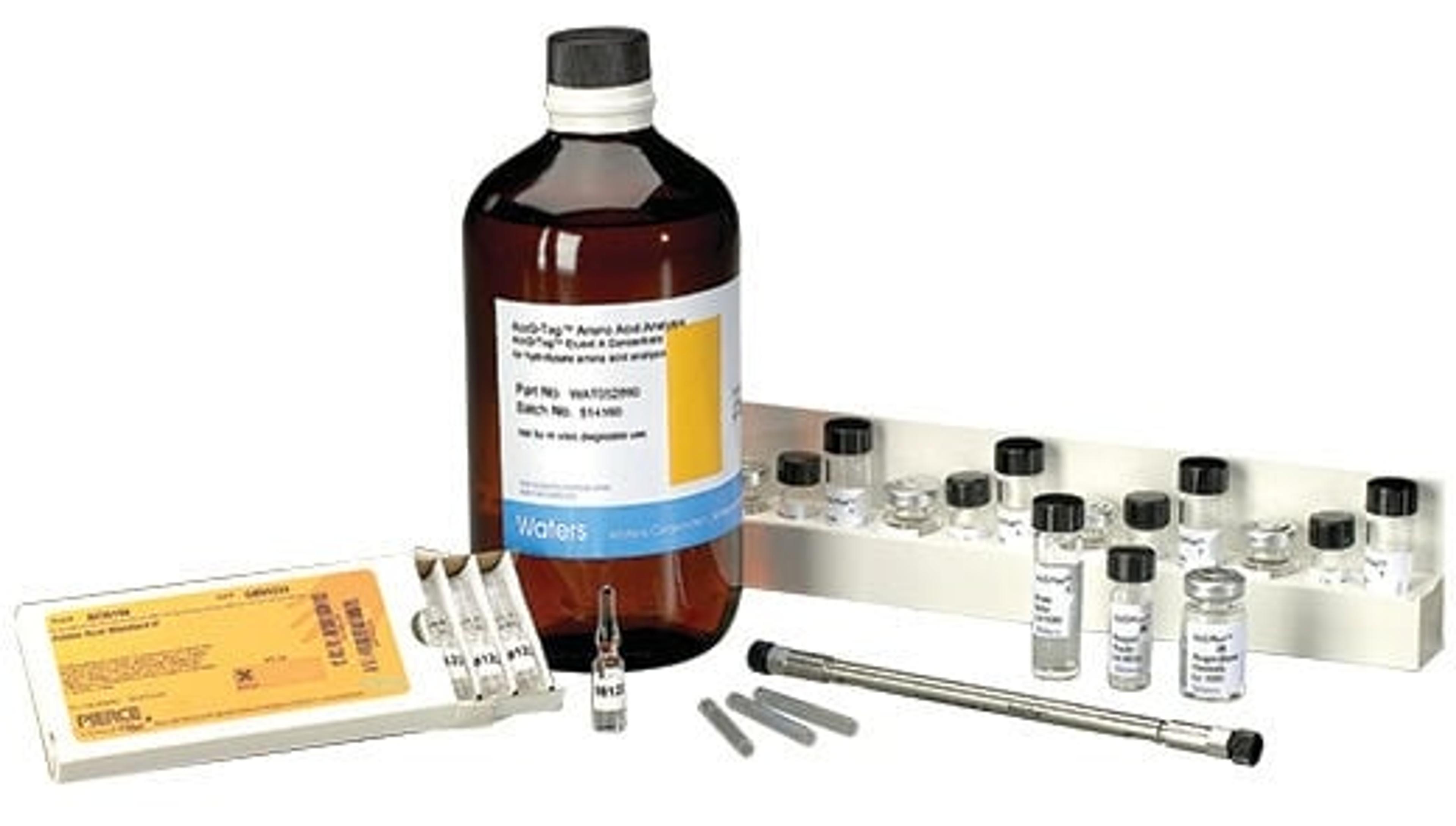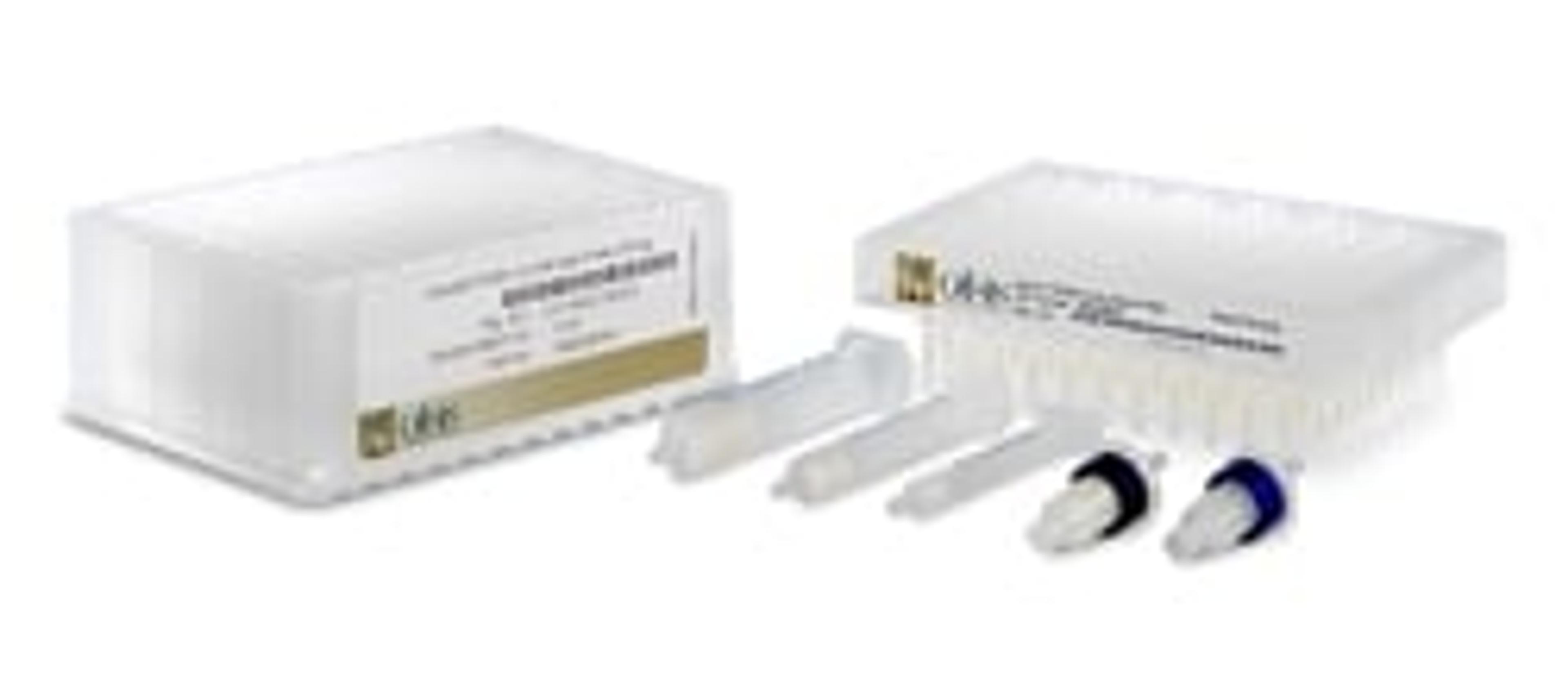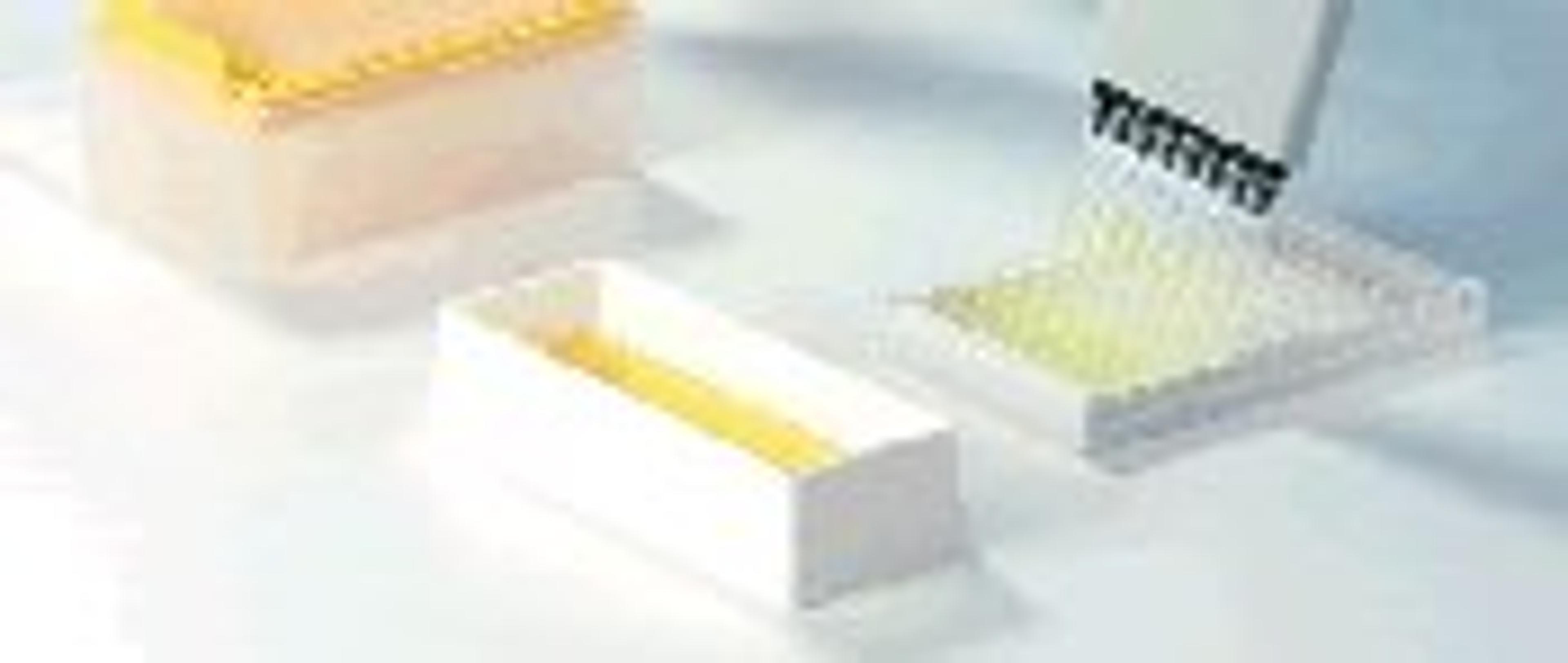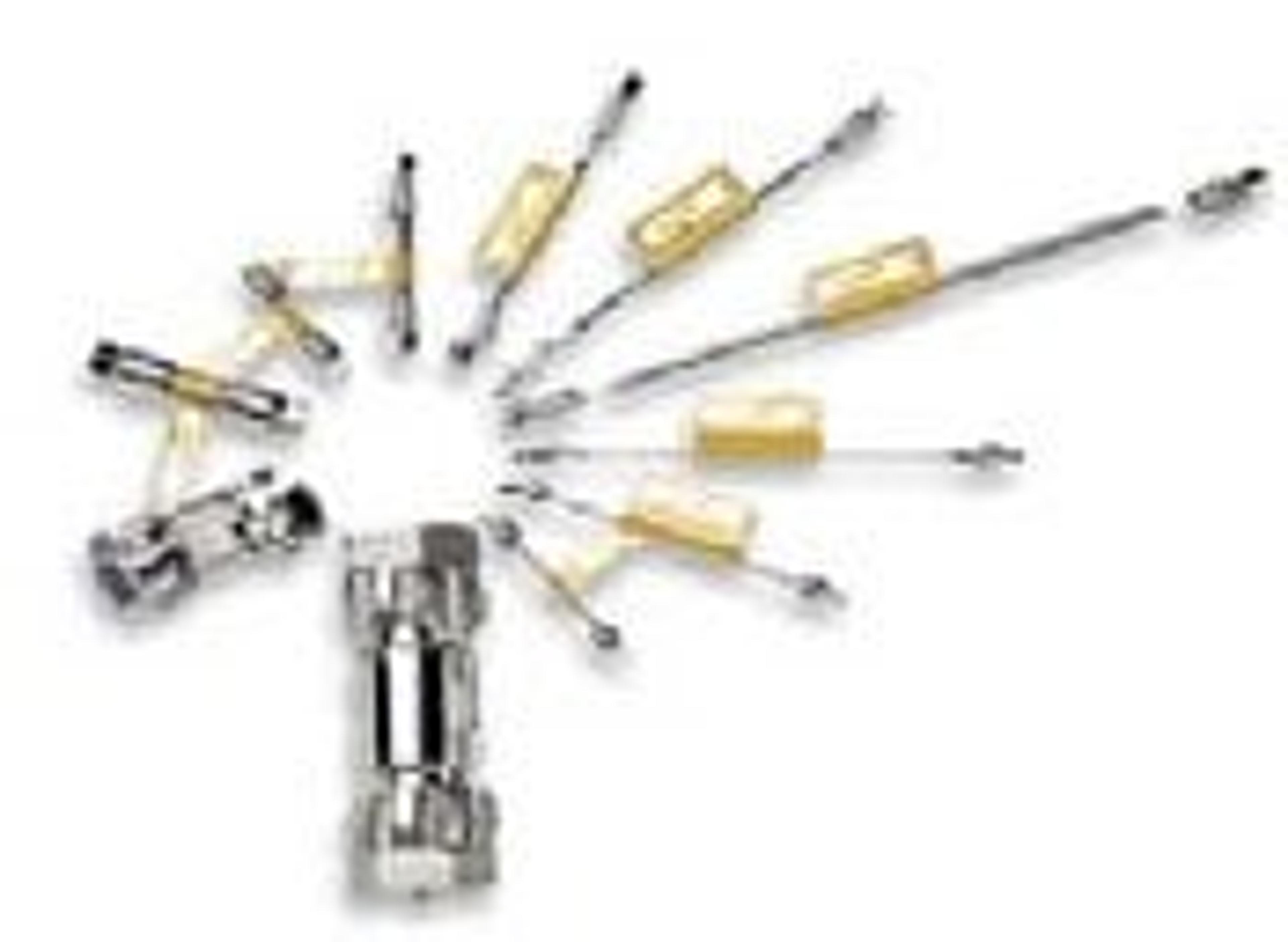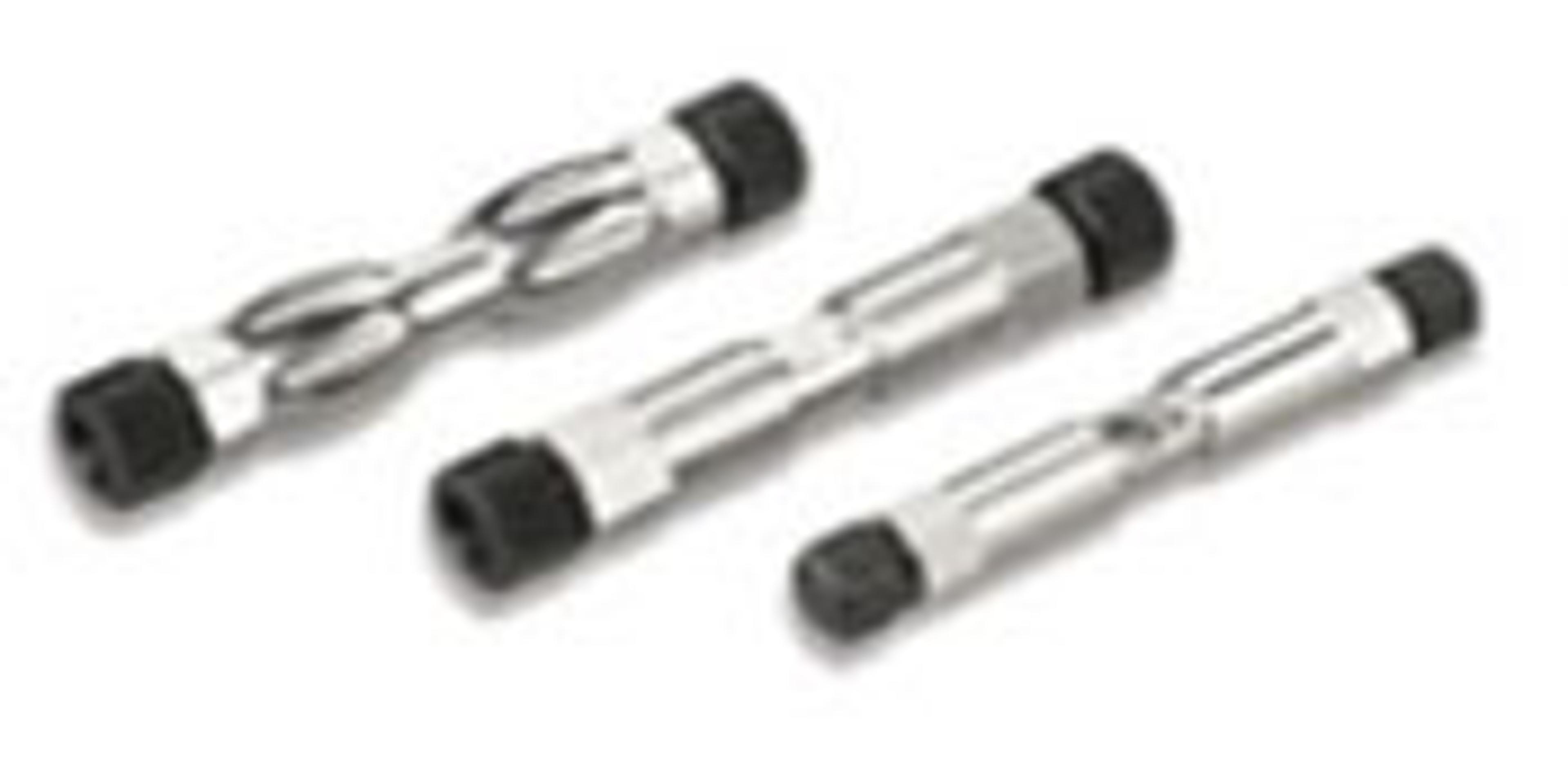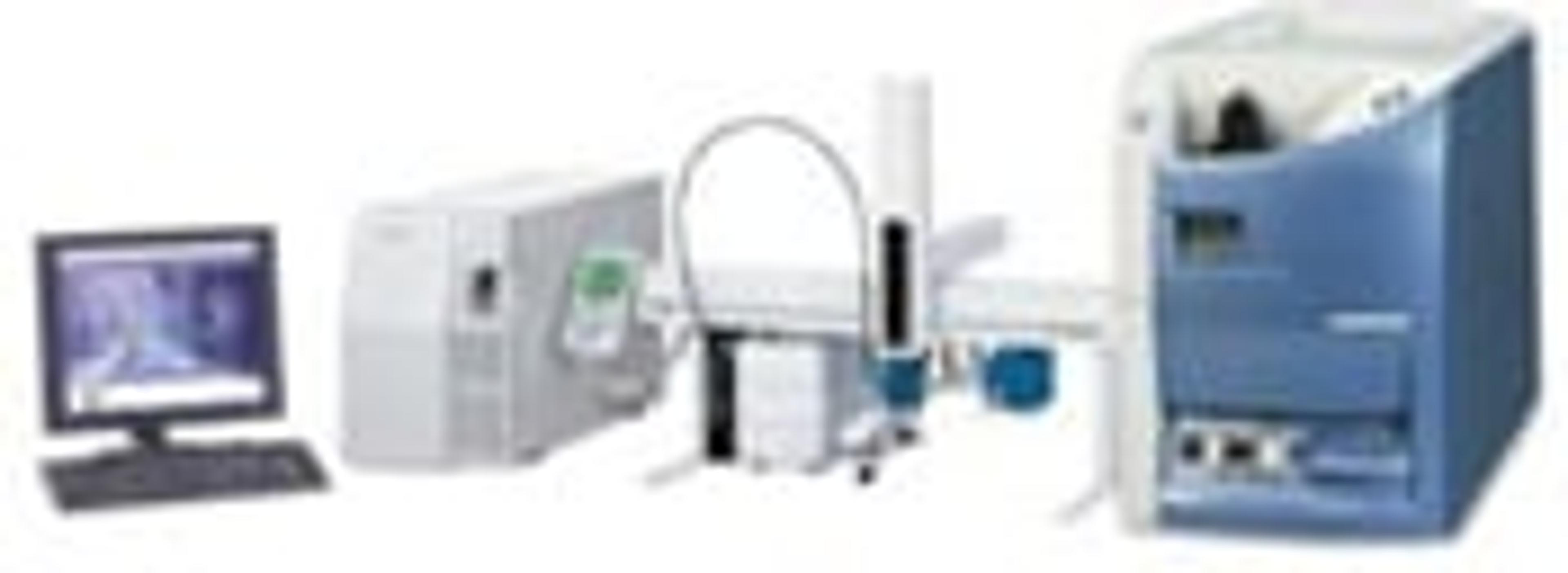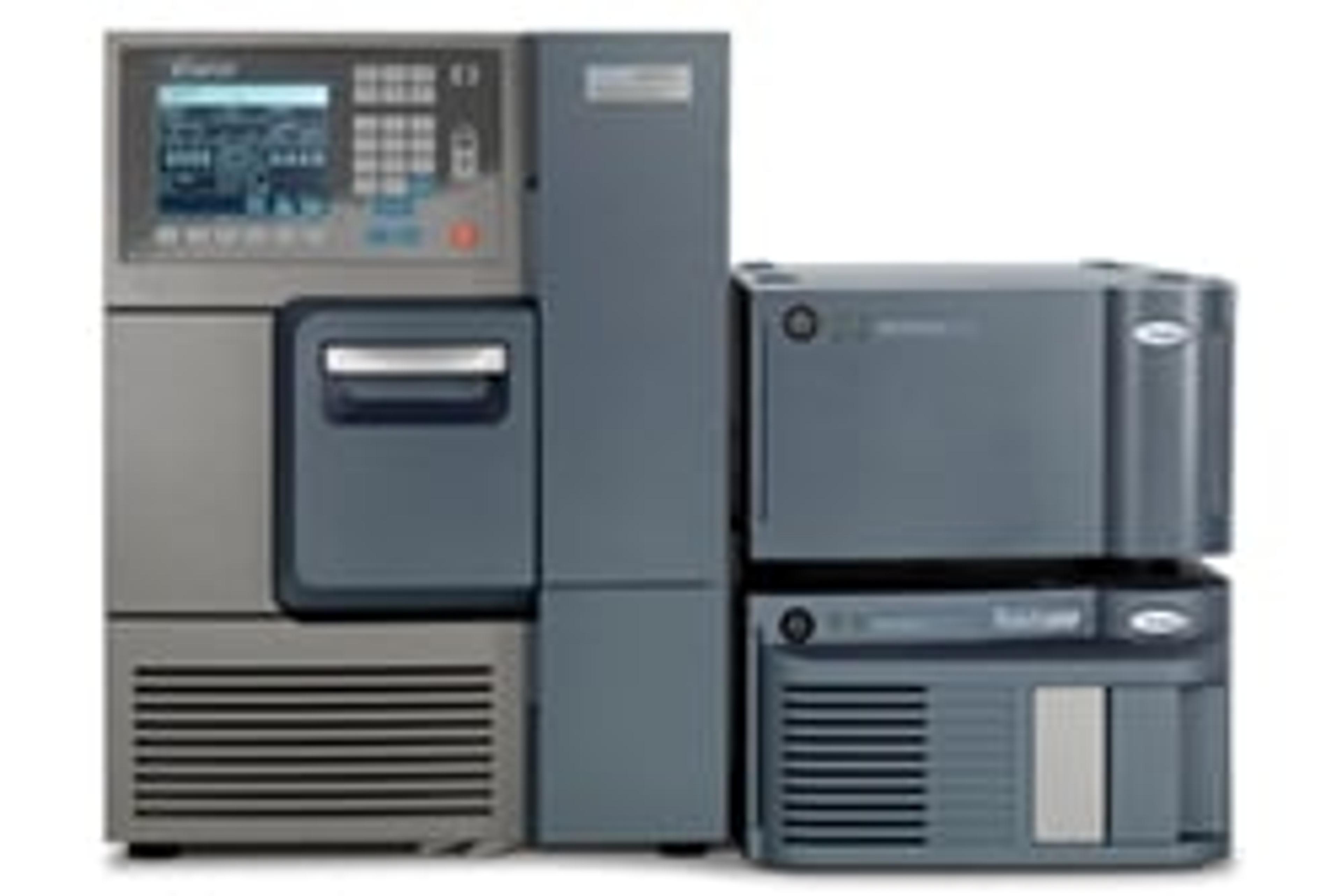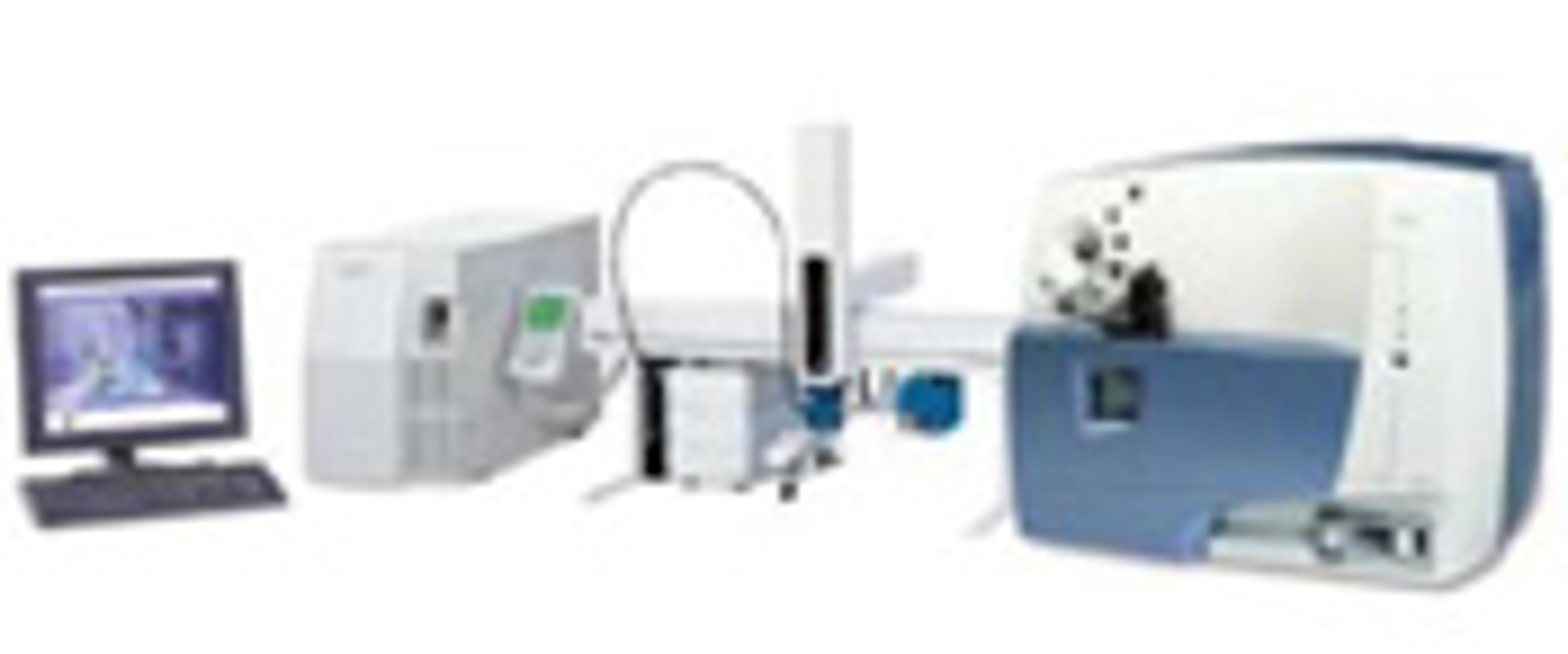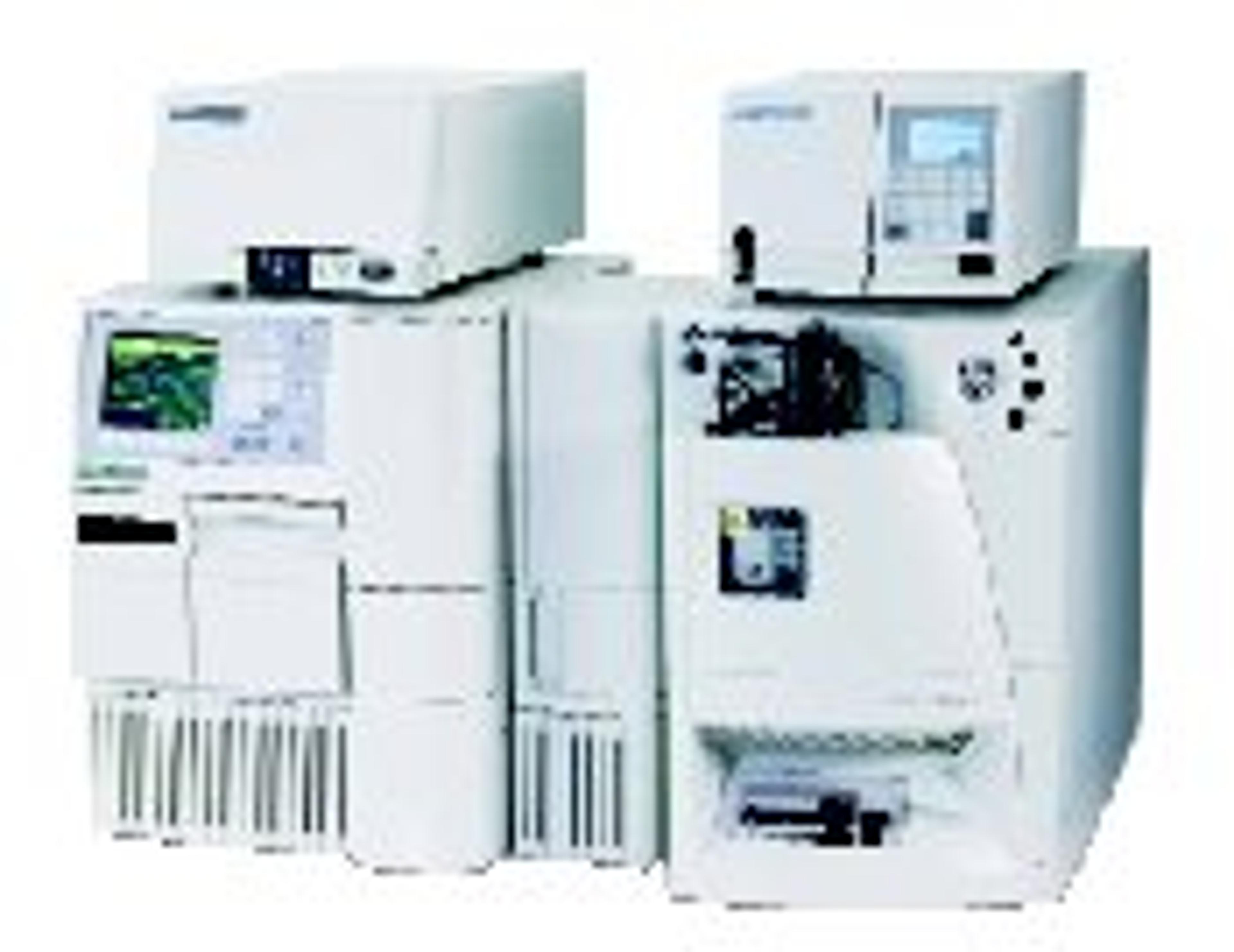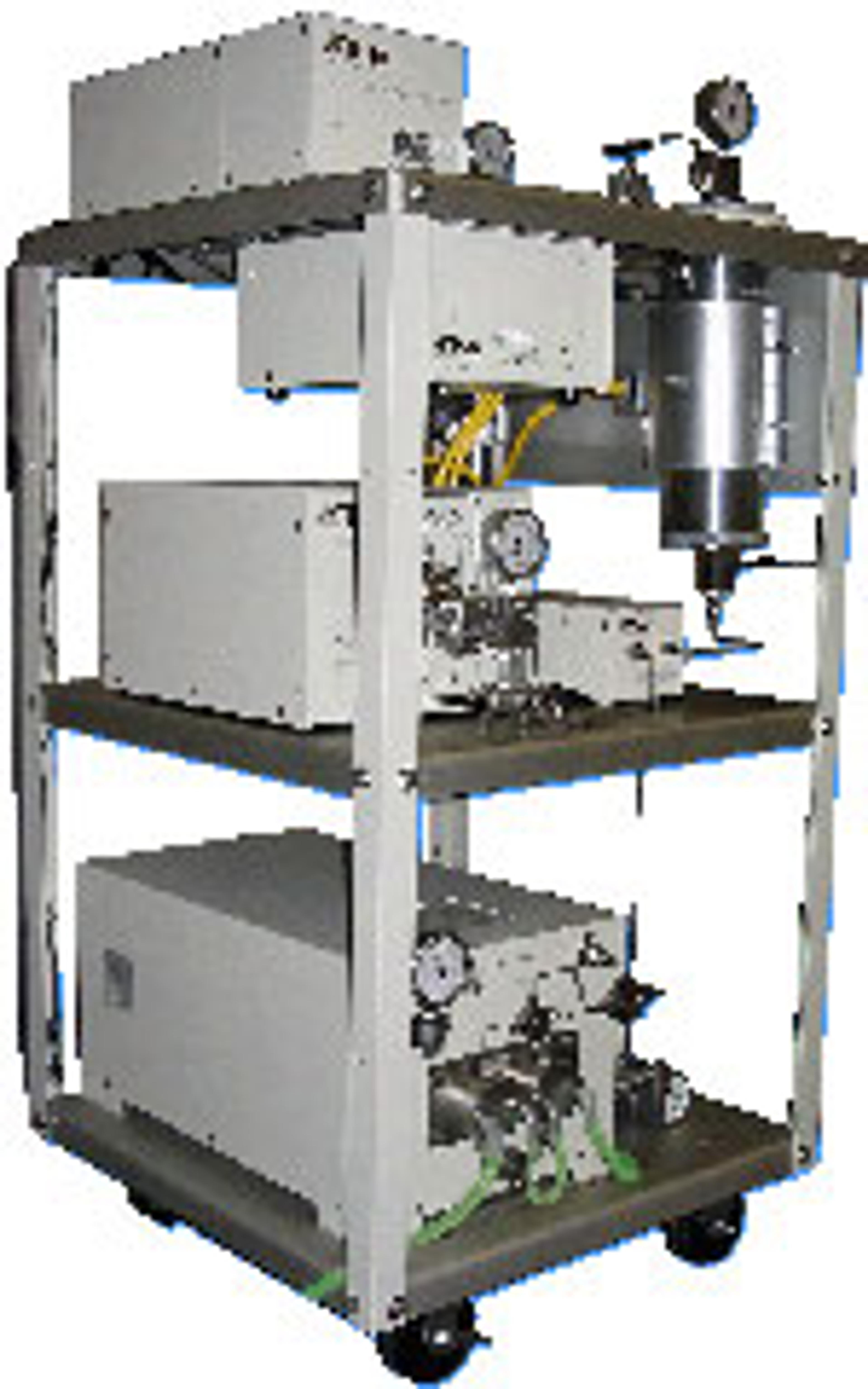ACQUITY UPLC Tunable UV Detector
UV detection, optimized for UPLC/UHPLC separations.
Quick, efficient and reliable systems but costly to maintain.
Pharmaceutical drug testing as per USP requirements
The systems are efficient in performance and reliability, system stablises quickly and is ready for use in a short amount of time using less mobile phase. Parts and components are delicate and expensive. These systems are designed for R&D purposes and not for high stress daily testing of various molecules.
Review Date: 9 Jun 2020 | Waters
Dependable, quality instrumentation
Analysis of pharmaceuticals
Our lab has used 2 Acquity TUV detectors on Acquity H-Class systems for many years. We have never had any problems with them and cannot recall ever having a maintenance or performance issue with them. They are sensitive enough for impurity analysis and robust enough for day to day general analysis. They are extremely flexible with regard to the types of analysis that can be run, going from low pressure, 10 um particle columns to UHPLC high pressure sub-2 um columns.
Review Date: 11 Apr 2019 | Waters
it's a must in the lab
UV detections of metabolites from plasma samples
Those detectors are so reliable, always working, never out of order
Review Date: 20 Dec 2018 | Waters
The ACQUITY UPLC TUV Detector provides performance benefits for both routine and complex analyses in pharmaceutical, life science, environmental, agricultural, energy, and petrochemical applications.
- Wavelength Range from 190 to 700 nm
- Linear dynamic range that extends more than 3.5 orders of magnitude
- Wavelength accuracy of ± 1 nm to ensure precise detection wavelength
Optimal linearity, resolution, and sensitivity
The ACQUITY UPLC TUV Detector is a tunable, dual wavelength ultraviolet/visible (UV/Vis) detector that offers optimal linearity, resolution, and sensitivity for UPLC/UV separations. It features uniquely designed, patented, light-guiding flow cell technology, low-noise performance (6 μAU), and support for data rates up to 80 Hz.
The ACQUITY UPLC TUV Detector, coupled with our innovative ACQUITY UPLC Column chemistries and separations modules, leverages ultra-low dwell volume and low-noise, high-speed detection to bring productivity, sensitivity, and resolution that are unprecedented in HPLC techniques being used in the laboratory today.
Features
- Maximum signal-to-noise response enabled by light-guiding flow cell technology, which eliminates internal absorption, for minimal bandspreading and maintained concentration
- High sensitivity for low-level detection for simultaneous quantitation of major and minor components
- Intuitive set-up, monitoring, and diagnostics with a customizable instrument console for both Empower and MassLynx Software
- Independent optimization of data rate and filter time constants for the accurate integrations of narrow, sharp peaks typically characterized by UPLC

